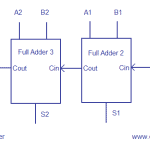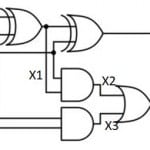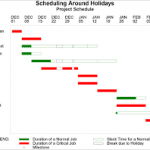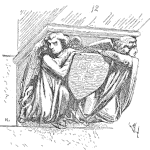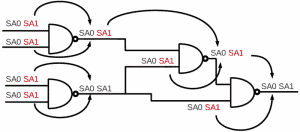A Brief Overview
Should an FMEA result in design or manufacturing improvements? Should it ensure that tests discover the right problems? What are the objectives of FMEAs? Whether you are new to FMEA or an experienced practitioner, there is always something to learn. This is the first in a series of articles on FMEA that should expand the knowledge of every reader.
“Successful engineering is all about understanding how things break or fail.” ~ Henry Petroski
